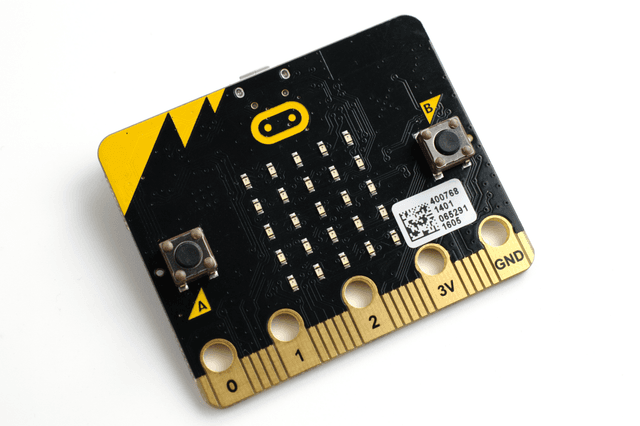Myths about teaching can hold you back
Learn why
Lesson 5 of 6
- Year 8
Pet tech: home of the future
In this lesson we are going to design and model systems for our pets in their homes.
Lesson 5 of 6
- Year 8
Pet tech: home of the future
In this lesson we are going to design and model systems for our pets in their homes.
These resources were made for remote use during the pandemic, not classroom teaching.
Switch to our new teaching resources now - designed by teachers and leading subject experts, and tested in classrooms.
Lesson details
Key learning points
- how to apply computing and use electronics to embed intelligence in products that respond to inputs
- use CAD and related software packages to validate their designs in advance of manufacture
Equipment
Micro:bit, computer/ipad (internet access), cardboard, paper
Content guidance
- Equipment requiring safe usage.
Supervision
Adult supervision recommended
Licence
This content is made available by Oak National Academy Limited and its partners and licensed under Oak’s terms & conditions (Collection 1), except where otherwise stated.
4 Questions
Q1.True or false, the micro:bit is an example of a pocket sized computer?
True or false, the micro:bit is an example of a pocket sized computer?

False.
Q2.A microphone is an example of which type of device?
A microphone is an example of which type of device?
Output.
Q3.A speaker is an example of which kind of device?
A speaker is an example of which kind of device?
Input.
Q4.LEDs are examples of which kind of device?
LEDs are examples of which kind of device?
Input.
5 Questions
Q1.If the micro:bit instruction is to 'shake', where would this come in a line of programming?
If the micro:bit instruction is to 'shake', where would this come in a line of programming?
At the end with the output.
At the end.
You do not shake a micro:bit.
Q2.Which of these is NOT a sensor?
Which of these is NOT a sensor?
Light dependent resistor.
Pressure sensor.
Thermistor.
Q3.True or false, when programming on a micro:bit, you can add code that allows sections to repeat?
True or false, when programming on a micro:bit, you can add code that allows sections to repeat?
False.
Q4.What does a thermistor sense changes in?
What does a thermistor sense changes in?
Light.
Pressure.
Time.
Q5.Which of the following statements are TRUE?
Which of the following statements are TRUE?
A micro:bit can only be powered by batteries.
A micro:bit has 24 LEDs.
A microphone is an example of an output.

